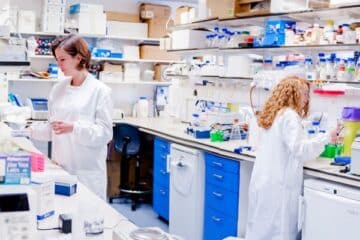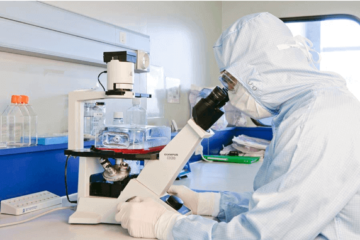Using Stem Cells to Enhance ADHD Cognitive Rehabilitation
**Stem Cell Therapy for Enhanced ADHD Rehabilitation**
The potential of stem cell therapy to enhance cognitive rehabilitation for individuals with ADHD is explored in this article. By analyzing research findings, it examines the impact of stem cells on neural plasticity and cognitive function, offering insights into the potential benefits and future applications of this innovative approach.










